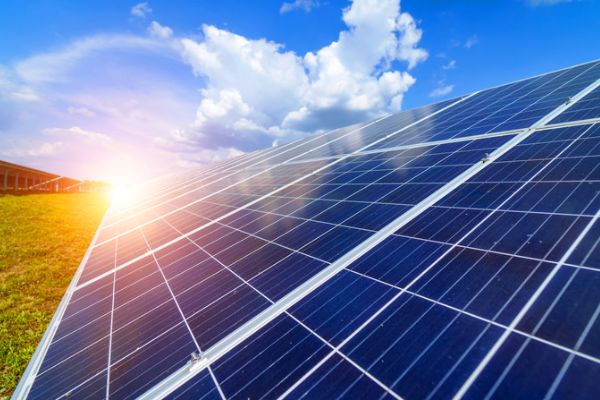Solar Panel

The term solar panel is used colloquially for a Photo-voltaic (PV) module. A PV module is an assembly of Photo-voltaic cells mounted in a frame work for installation. Photo-voltaic cells use sunlight as a source of energy and generate direct current electricity. A collection of PV modules is called a PV Panel, and a system of Panels is an Array. Arrays of a photovoltaic system supply solar electricity to electrical equipment.
Technology
- Mono Crystalline Solar Panels (Made from Single Crystal Silicon)
- Polycrystalline Solar modules (Made from high Purity Poly Crystalline form of Silicon)
- Thin Film (made by depositing thin Layer of Photovoltic material on Substrate)
As per MNRE Standards, Solar Panels are warranted for
- The module output power during first 10 years not less than 90% of the nominal output power rating
- The module ouput power during next 15 years not less than 80% of the nominal output power rating.
Difference between Mono and Polycrystalline Solar Panels
| Monocrystalline Solar Panels | Polycrystalline Solar Panels |
|---|---|
| They have the highest level of efficiency at 15-20% | Efficiency is only around 13-16% due to low levels of silicon purity. |
| They require less space compared to other types due to their high efficiency | The manufacturing process is cheaper and easier than the monocrystalline cells |
| The life of Solar Cells os longest because of it's purity | The life is shorter because of less Silicon and other doping materials. |
| They perform better in low levels of sunlight, making them ideal in cloudy conditions | Efficiency is less in shady/cloudy areas |

